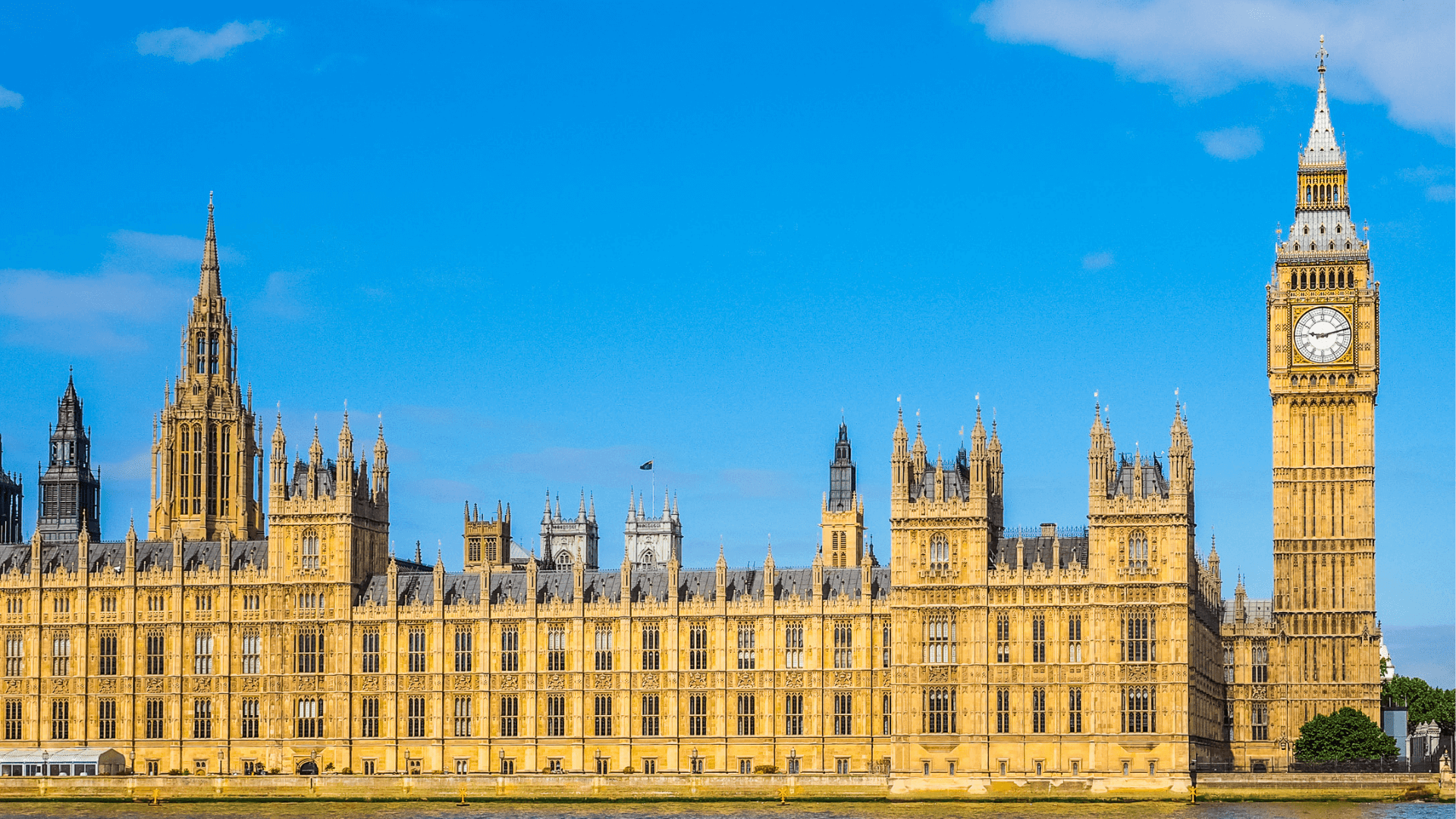Today, Chancellor Rachel Reeves delivered her Spring Statement.
Ahead of the statement, cuts to the welfare budget had been announced. As expected, no tax rises were announced. Matthew Denney, a Partner within Bevan Buckland's tax team, summarises the outcomes.
One Annual Fiscal Event
While Mel Stride suggested this was an emergency budget, as expected, we are moving back to having one fiscal event each year. The budget will be delivered in the Autumn, and Spring will see a statement on the country’s finances.
As such, no new tax rises were announced.
Crackdown on Tax Avoidance
The Chancellor did announce an uplift (from £6.5bn to £7.5bn) in expected tax receipts from cracking down on tax avoidance. Several measures, including investment in technology, allowed the Office for Budgetary Responsibility (OBR) to upgrade the forecast.
Downgrading of Forecasts and Fiscal Rules
The principal issue faced by the Chancellor (and hence the concern about tax rises either now or in the future) was the downgrading of the OBRs growth forecasts from 2% to 1%, which removed all the Chancellor’s headroom under her fiscal rules.
Welfare Cuts and Our Own Version of “DOGE”
Having promised not to raise taxes on working people, the Chancellor needed to find cuts to restore fiscal headroom.
With the winter fuel allowance going and promises to cut waiting lists, the Chancellor set her sights on the welfare budget. We shall see cuts amounting to £4.8bn by the end of this parliamentary term. £2.5bn on annual governmental efficiencies were also announced (after spending an initial £3.25bn on a “transformation fund”).
Growth
Despite the downsizing of growth forecasts, the Spring Statement featured heavily on delivering growth. In particular, it was announced that building 1.5m homes during this parliamentary term could add 0.2% to GDP and £15.1bn to the economy. Measures were announced to “get Britain building” and to train young people to work in the construction industry.
Inflation and Interest Rates
The OBR has projected that inflation will rise above the target of 2% (around 2.3%), and consequently, interest rates are likely to remain above where the Chancellor would like to see them.
Defence Spending
Unsurprisingly, increases in defence spending were also announced (£2.2bn with the prospect of arriving at 2.5% of GDP) but, the Chancellor talked of how these funds could be invested in new technologies within the UK, such as drones, to further grow the economy.
Summary
Faced with a tightening economic outlook, sticky inflation and interest rates, the Chancellor has needed to find cuts to keep within her fiscal rules. The OBR anticipates a surplus by 2028/2029. It is possible, therefore, assuming that the government can deliver the spending cuts and more modest growth, that tax rises in the Autumn will not be required. It is worth noting that even with the current forecasts, total tax as a percentage of GDP is expected to rise from 35.3% to 37.7% (which compares to pre-pandemic levels of 33.2%). Even without tax rises, fiscal drag (where allowances and tax bands are frozen) will continue to see real-term tax increases.











